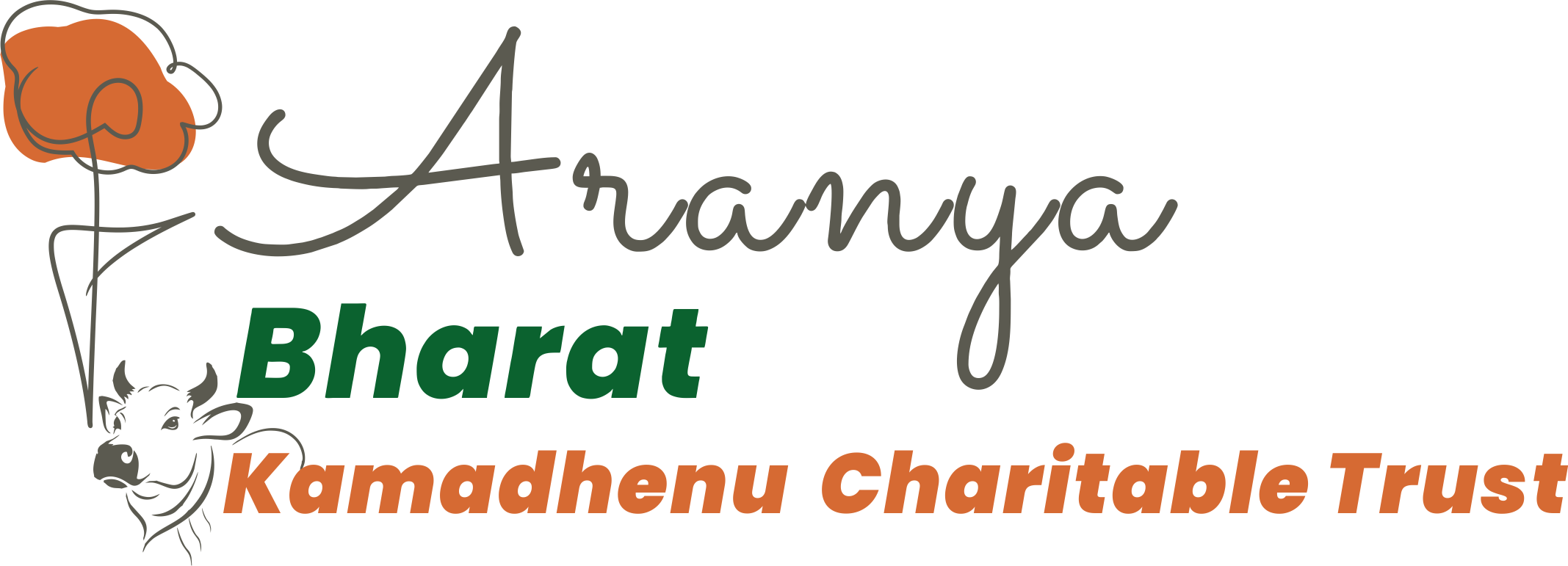Blog
How Gaushalas Drive India’s Regenerative Farming Revolution

Estimated Read Time: 5 Minutes
Introduction: From Tradition to Transformation
Regenerative agriculture is more than a buzzword—it’s a movement reshaping how we grow food, restore soils, and combat climate change. Remarkably, India’s centuries-old Gaushalas (cow shelters) are poised to lead this revolution. By marrying ancient cow-centric wisdom with cutting-edge practices, Gaushalas can regenerate degraded land, sequester carbon, and bolster rural livelihoods—without drifting off-topic or chasing gimmicks.
1. Why Regenerative Farming Matters Now
Global interest in “carbon farming” and “soil health” has exploded. According to the UN Food and Agriculture Organization, if we restore just 0.3% of global soils annually, we could sequester up to 2 gigatons of CO₂ each year (FAO Report).
- First, healthier soils hold more water—critical for unpredictable monsoons.
- Second, robust microbial life enhances nutrient cycling, reducing fertilizer costs.
- Third, carbon-rich fields become resilient against droughts and floods.
Thus, regenerative practices aren’t optional—they’re urgent.
2. The Gaushala Advantage: Compost and Carbon Credits

At the heart of every Gaushala lies cow dung—a goldmine for soil regeneration:
- Vermicompost Production
- Cow dung + crop residue + earthworms = nutrient-dense compost.
- Yields rich in nitrogen, phosphorus, and potassium, feeding crops naturally.
- Biogas & Slurry
- Anaerobic digesters convert dung into clean biogas, capturing methane.
- Post-digestion slurry acts as a liquid bio-fertilizer, enriching fields and reducing synthetic inputs.
- Carbon Sequestration
- By quantifying avoided methane and increased soil carbon, Gaushalas can tap into carbon-credit markets—generating revenue while healing the earth.
3. Practical Steps to Replicate the Model
Whether you run a small dairy or a large Gaushala, here’s how to get started:
- Install a Small-Scale Digester (5–50 m³)
- Captures 60–70% of dung methane.
- Powers kitchens and lights, slashing LPG and diesel use.
- Set Up Vermiculture Beds
- Use local earthworm species with cow-dung feedstock.
- Harvest compost every 30–45 days for field application.
- Measure and Monetize
- Track methane captured, biogas produced, and compost applied.
- Register with recognized carbon-offset platforms to sell credits.
4. Success Story: Aranya Bharat Gaushala
At Aranya Bharat Kamadhenu Trust, we’ve:
- Turned 15 tons of monthly dung into 12 tons of vermicompost
- Supplied 90% of our cooking fuel via biogas
- Reduced chemical fertilizer use by 65% on 50 acres of fodder fields
Above all, we’ve regenerated silty, low-yield lands into fertile pastures—proof that Gaushalas can drive a nationwide regenerative wave.
Conclusion: Lead the Regenerative Wave
In today’s fast-evolving Agri-tech landscape, staying relevant means innovating without losing your roots. By leveraging Gaushala resources, you can build a circular farm that heals soil, cuts emissions, and unlocks new revenue streams. Moreover, you’ll preserve a sacred tradition while propelling India’s regenerative farming revolution.
